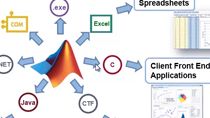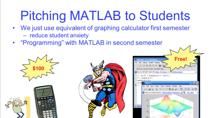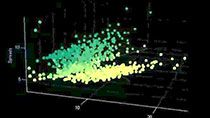Innovations in the Delivery of AI-Powered Financial Services
Paul Peeling, MathWorks
Explore the latest advancements for accelerating the delivery of financial services, and discover how cloud-connected and cloud-hosted software, including private and public cloud options, can bring AI-powered financial services to market. In the midst of the hype, AI, deep learning, and large language models are rarely acceptable for production use, unless their development and implementation has been carried out in a transparent, explainable and reproducible manner.
See how a ModelOps platform with data governance, continuous integration, and testing is built from reference architectures to leverage the growing plethora of technologies in a coherent, reproducible, and transparent workflow. This will include:
- MATLAB® in JupyterHub and data science platforms.
- Verification, documentation, and management of deep learning networks.
- Deployment and monitoring of containerized models.
Published: 22 Oct 2024




